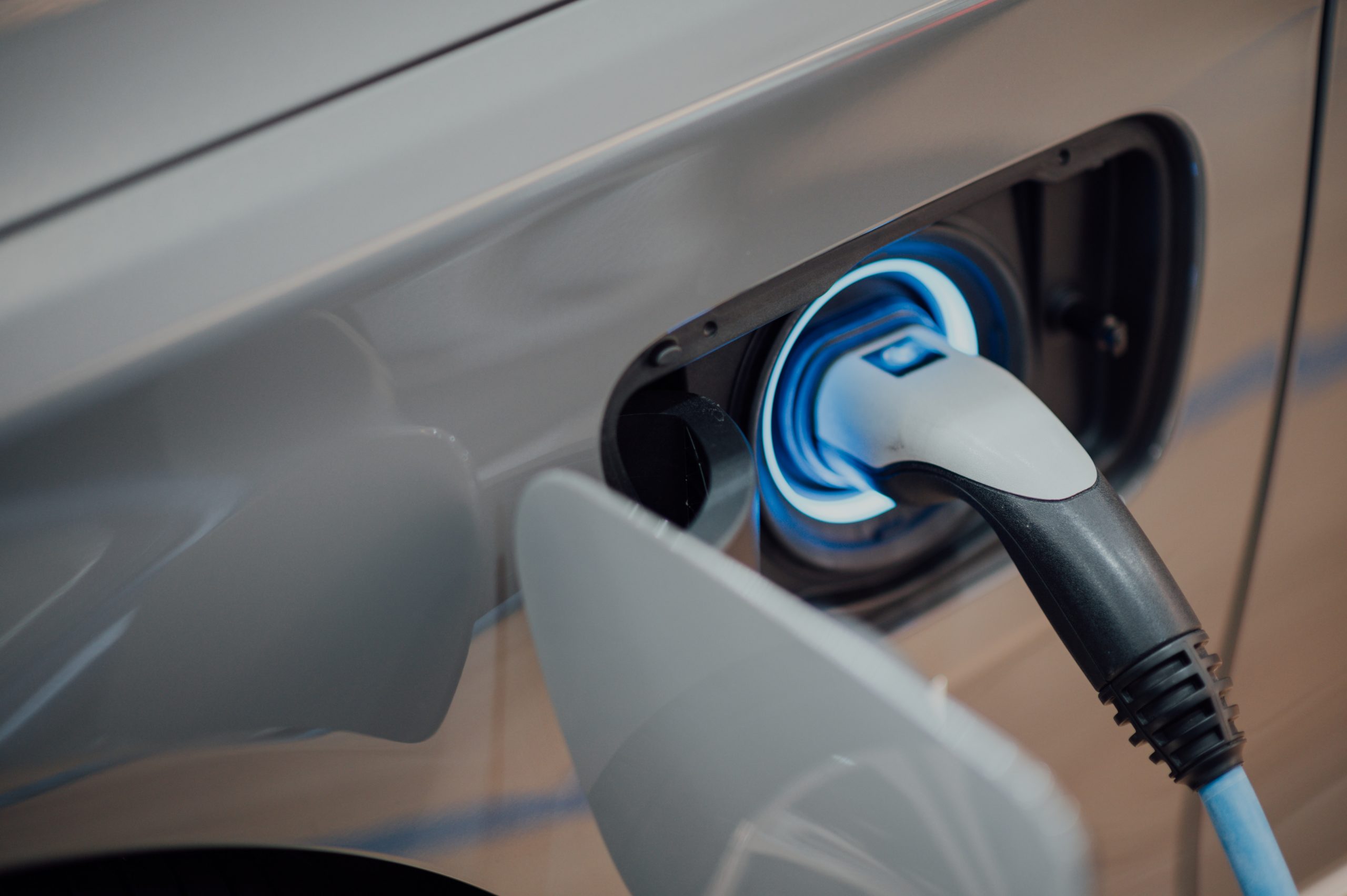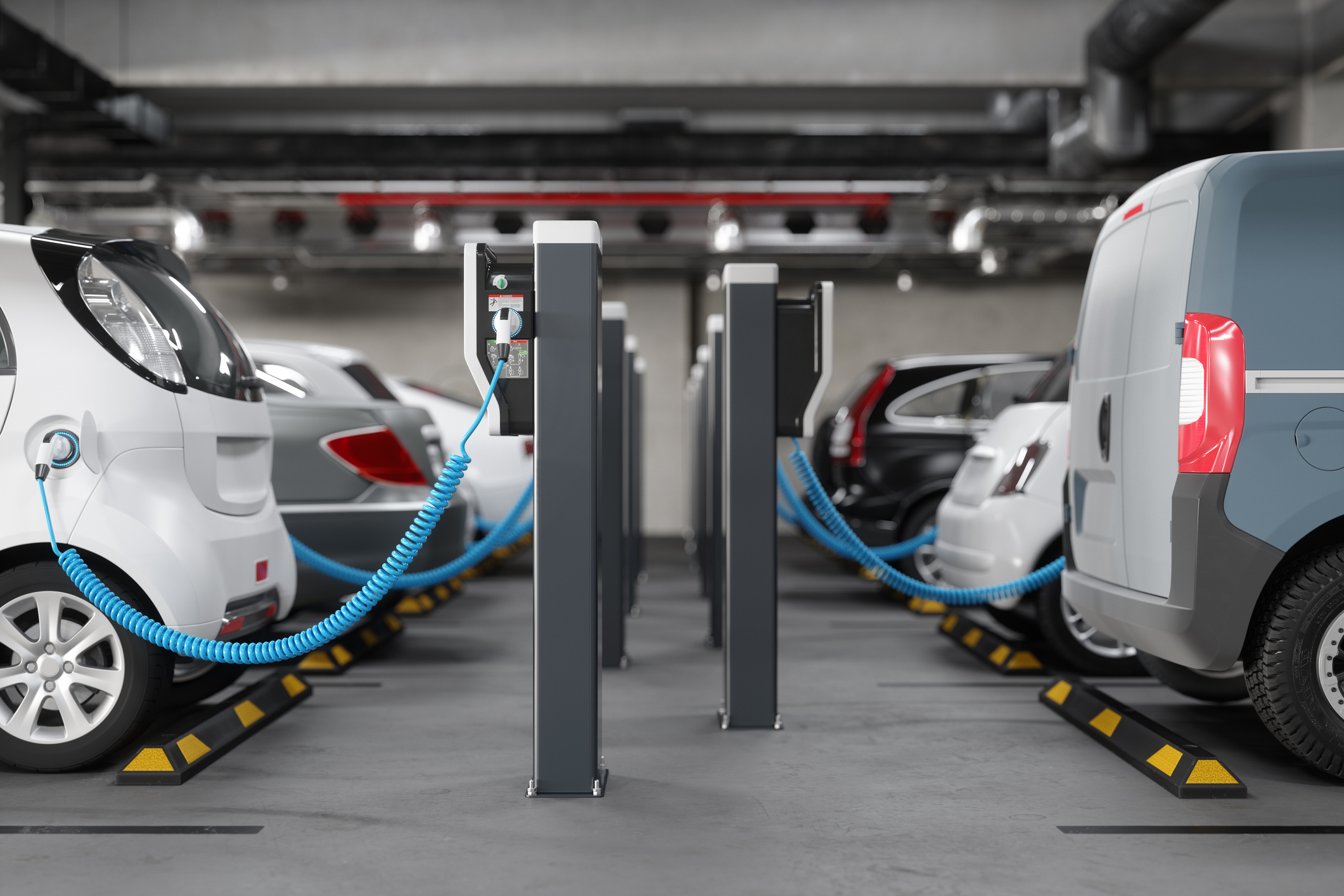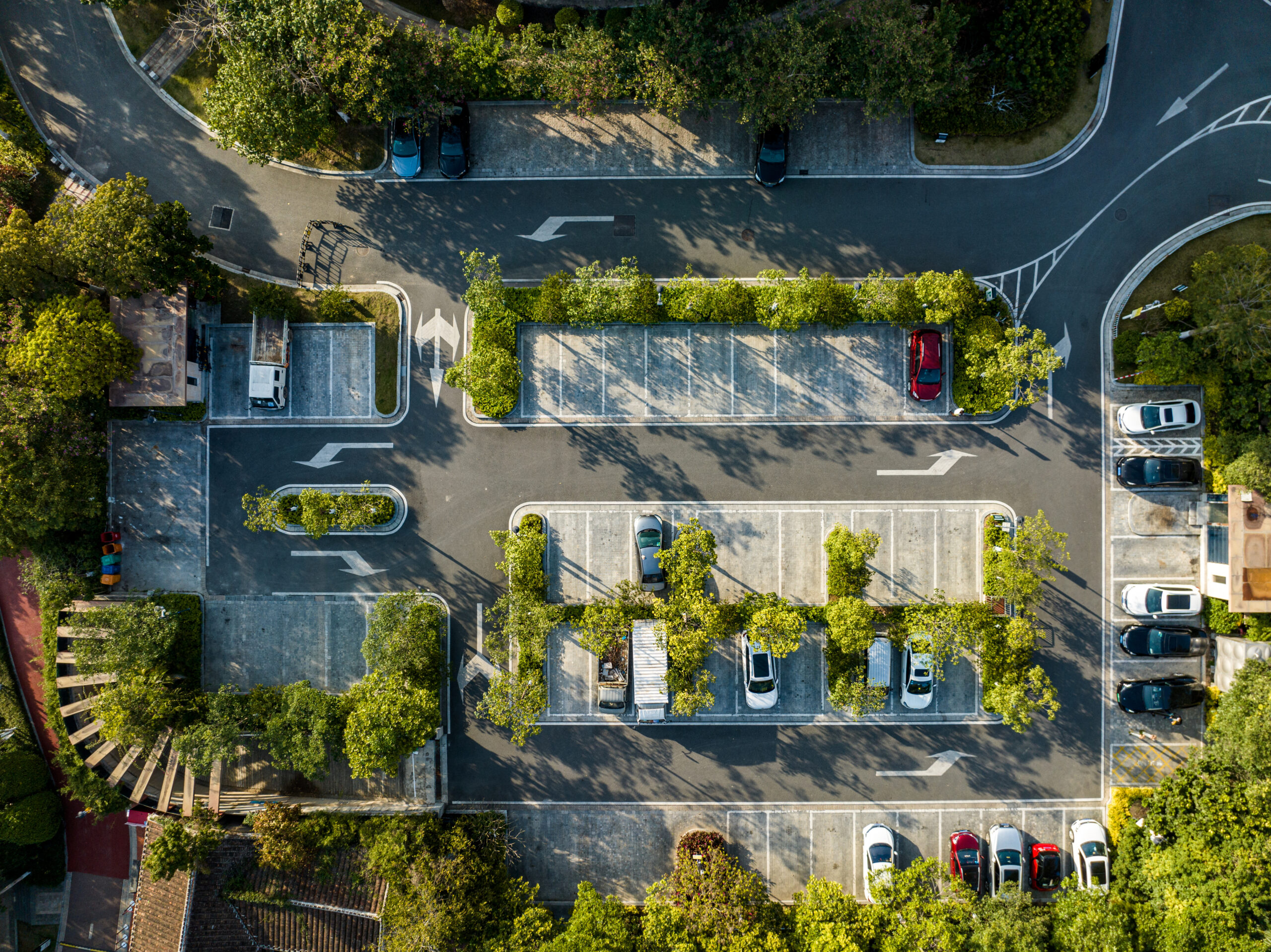As of 2020, 10 million electric vehicles were on the road and that number is growing. That growth has prompted world leaders to consider vastly expanding infrastructure to address the EV charging needs of tomorrow, today. PwC estimates that EV adoption will grow from about 2% of today’s current vehicles to 15% of vehicles by 2030. That’s a 650% increase within less than one decade. Deloitte’s research shows that electric vehicles —including battery electric vehicles (BEVs) and plug-in hybrid electric vehicles (PHEVs)–accounted for 2.5% of global new car sales in 2019 and projects a 29% compound growth rate between 2020 and 2030.
Deloitte believes that common barriers that prevent consumers from buying EVs – including higher prices and shorter ranges – will virtually disappear within the next few years. As batteries become more affordable and efficient, households will recognize the benefits of owning EVs instead of internal combustion engine (ICE) vehicles. Deloitte’s analysts say that a growing interest in commercial EVs for mass transit, delivery vans, and long-haul trucking will also play a role in higher EV sales.
With millions of new EVs coming to streets around the world over the next decade, the electricity grid will need to adapt to consumer needs. Establishing a global EV charging network is no small feat and one that will require creativity in rural areas to resolve. Still, between the market growth and global decarbonization efforts, EV charging promises to radically upend the existing utility paradigms.
EV Market Growth Means Grids Must Adapt
Hugh Le, Strategy Director at PwC, writes that “utility players are in a unique position to fill the gap between the deployment of EV charging stations and mass EV adoption.” He goes on to note that PwC, sees “clear opportunities for utilities in distribution network upgrades that enable EV interconnection in cities where the overall power demand could force substation and wire improvements.”
In other words, the current grid might not have the features to meet the rapidly growing demand for battery electric vehicles (BEVs) and plug-in hybrid electric vehicles (PHEVs), although there are people out there working on that right now. Utility companies must respond by investing in everything from new transformers to substations. PwC estimates that capital investment for faster-charging stations could reach $100,000. That amount doesn’t include the wiring, transformers, substations, and other equipment required to support those charging stations. Fortunately, there are some accessible, scalable alternatives for utilities invested in preparing the EV charging demands to come.
Residential Solar Alone Can’t Modernize the Grid
Utility companies could gamble on residential solar panels to power the new EVs. After all, 6% of U.S. homeowners already have solar systems installed, while an additional 46% have expressed an interest in solar. As photovoltaic cells become more efficient and less expensive, these percentages could shift even higher.
Unfortunately for utility companies, the increased number of electric vehicles and the stress they put on the grid aren’t sustainable through any one distributed energy resource (DER) alone; the future of energy requires a diversified energy portfolio. Likewise, demand flexibility conservation efforts are equally helpful in mitigating grid drain during peak times of usage, but again only represent one solution to the complex problem posed by mass EV adoption. Reliance on any single consumer-led initiative is just as uncertain, likely for a few of reasons.
– Amber Mullaney, VP of Marketing, Virtual Peaker
First, American homeowners who express an interest in solar systems aren’t necessarily interested in – or able to – spend thousands of dollars to generate their energy. This point has been further complicated by historically high inflation that hasn’t been experienced since the 1980s and an uncertain future for home prices. DER adoption is important and it is and will continue to develop, but unfortunately, while DER market growth is rising, it isn’t as robust as global EV adoptions.
Second, many parts of the U.S. and other countries simply cannot support residential solar adoption. Perhaps residential solar could offset stress on the grid in Los Angeles, where about 8,500 per square mile enjoy an average of 284 days of sunshine per year. That’s not the case in New York City, which has a population density of 27,000 per square mile and an average of 224 sunny days per year. People living in high-rises simply do not have space for solar panels that generate enough power to charge personal vehicles. Without a rooftop or yard, traditional solar systems aren’t feasible as a singular, personal solution.
The Future of EVs Creates Growth Opportunities for Utilities
Any change can seem like an obstacle. A shift in perspective, however, reveals opportunities for utilities to benefit from electric vehicles and their power needs.
McKinsey estimates that charging services for electric vehicle fleets could generate $15 billion in annual revenues. Utility companies are uniquely situated to take advantage of this opportunity because they already help maintain the infrastructure necessary to support new charging stations. While other companies will need to start from square one, utility companies have existing technologies and relationships that will help them succeed in this emerging industry.
Utilities can utilize the increased number of residential and commercial solar power systems distributed throughout their regions in many ways ranging from battery programs to virtual power plants. Given projected market growth, utility companies can expect more households and businesses to install solar systems over the next decade. DERs help utilities in at least two ways.
A Chance to Improve Infrastructure
When more people and companies generate their power, they rely less on the electricity grid. That will decrease demand and take some stress off of existing infrastructures. This creates an opportunity for utility companies to shift their priorities toward grid stewardship. Instead of trying to keep up with demand, they can get ahead of the problem by building advanced infrastructures that offer more efficiency, resilience, and reliability.
Tapping Into DERs for Better Energy Management
New solar panels and EV batteries add to existing DERs, making it possible for utility companies to manage energy more effectively than ever. Vehicle-to-grid charging (V2G) lets electricity flow from the grid to vehicle batteries and from vehicle batteries to the grid. When energy demand increases, utility companies can tap into these resources and send power where it’s needed most. A full battery sitting in a driveway doesn’t benefit anyone until you connect it to the larger infrastructure. At that point, it becomes a resource for storing electricity.
To make V2G even more effective, you can encourage drivers to charge their vehicles during off-peak hours. That way, inexpensive electricity goes into the battery, which helps owners save money. As long as bidirectional charging is enabled, utility companies can draw power from the battery during peak hours when electricity reaches its highest price.
Vehicles charged by solar panels present an even greater benefit because the batteries hold solar-generated electricity. The utility company never has to create that power. Still, it can access it and move the energy when necessary. This creates a win-win for the utility company and the region it serves.
Embracing the Future of EV Charging
Electric vehicles will become more prominent over the upcoming decades. As technologies improve and prices decrease, prosumer access will increase. Governments welcome this shift as it helps reduce emissions, so investment in EV charging infrastructure is not only necessary but imminent.
Utility companies have a decision to make. They can wait until their grids struggle under the increased demand from EVs – a costly approach that will boost repair and maintenance costs – or they can embrace the situation by investing in EV charging now – an approach that has the opportunity to generate billions of dollars in revenue. The utilities that get ahead of the problem as soon as possible will have the advantage as EVs evolve from “emerging technologies” to “established technologies.”





